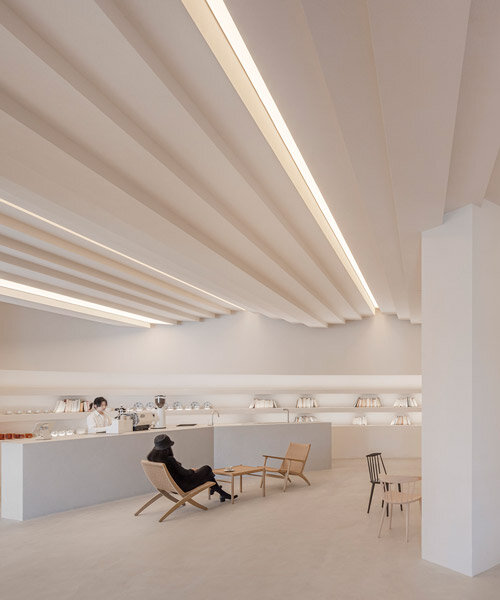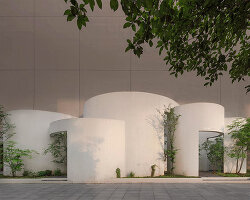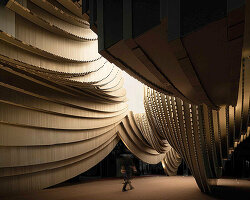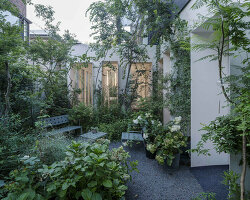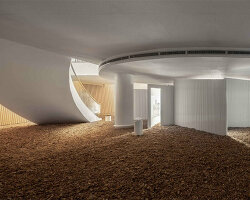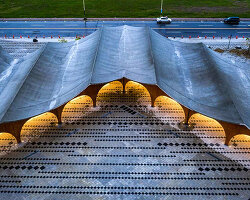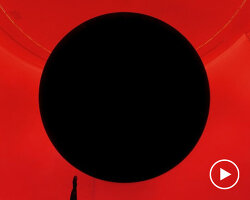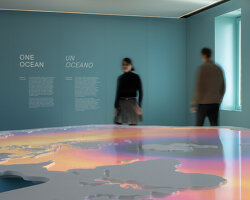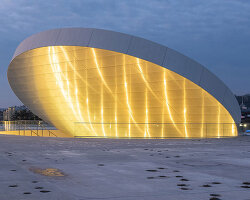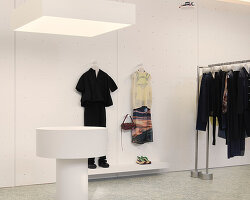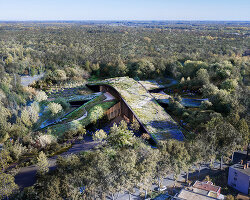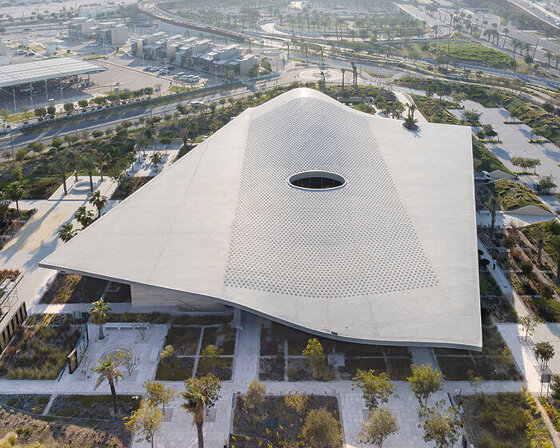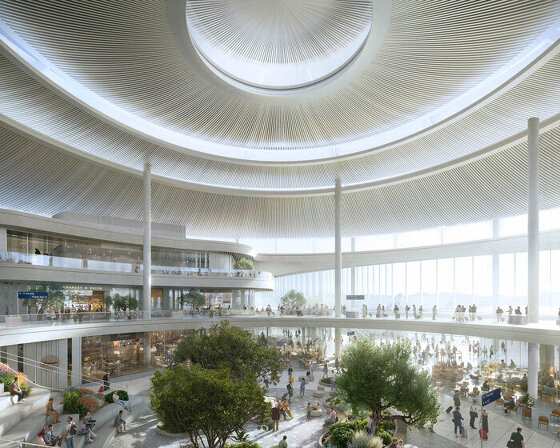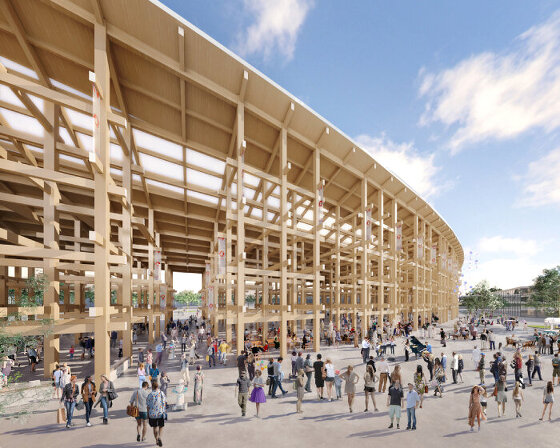The Evolution of Museum Architecture in China
HAS Design & Research shares its newly completed Simple Art Museum, a minimalist work of architecture designed as a response to its shifting urban context of Hefei. In the early 21st century, China saw a dramatic increase in museum construction as part of a broader cultural revival. Cities throughout the country embraced historical reinterpretation and a focus on social responsibility, contributing to a new international perspective on urban development. Major events such as the Beijing Olympics, the Shanghai World Expo, and the global pandemic over the past two decades have transformed China’s urban landscapes. The towering structures that once symbolized progress have gradually given way to a more human-centered approach, emphasizing art, social consciousness, and a renewed focus on urban life.
Amidst this transformation stands the Simple Art Museum, a contemporary art space in Hefei, Anhui province, which explores the relationship between art, society, and the environment. Positioned on the outskirts of a rapidly growing urban area, the museum is tasked with bridging the cultural history of the region with its emerging urban future. Anhui is known for its Hui-style architecture which comprises recognizable elements including roofs, gables, columns, and gardens that narrate its historical significance. The Simple Art Museum is uniquely positioned to honor this legacy while introducing new cultural meaning to the evolving city.
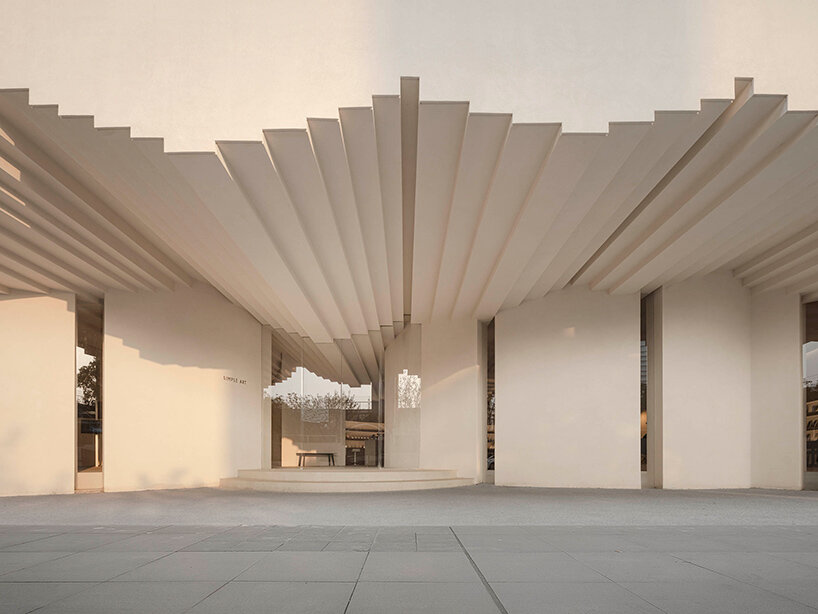
China’s museum boom reflects a shift toward socially conscious design | image © W Workspace
simple art museum: A Space for Community and Connection
The founding principals of architecture studio HAS Design and Research approached the Simple Art Museum’s design with a fresh cultural perspective. Drawing from Anhui’s traditional architectural forms, the design reinterprets elements like roofs and gables in a contemporary context. The museum’s flowing, undulating roof structure extends the village’s traditional fireproof gable design, transforming it into an outward-facing symbol that invites public engagement. This continuous form creates a unified indoor environment, where art exhibitions, galleries, workshops, multimedia rooms, design salons, and cafés coexist fluidly with the architectural design.
At the ground level, the museum offers an expansive open space designed to foster dialogue and connection within the community. This grey, open space invites residents to engage with art in their everyday lives, reflecting a desire for shared experiences and connection. The museum’s jagged rooflines mirror the spaces below, while curved interior walls create a dynamic pathway that evokes the winding paths found in traditional Chinese gardens.
The upper level of the museum is home to open art offices, continuing the design narrative established on the ground floor. Here, curving and undulating walls dissolve the boundaries of conventional workspaces, encouraging creativity and collaboration. The space supports the museum’s mission to be more than a container for art — it aims to be a catalyst for new ideas and innovative projects.
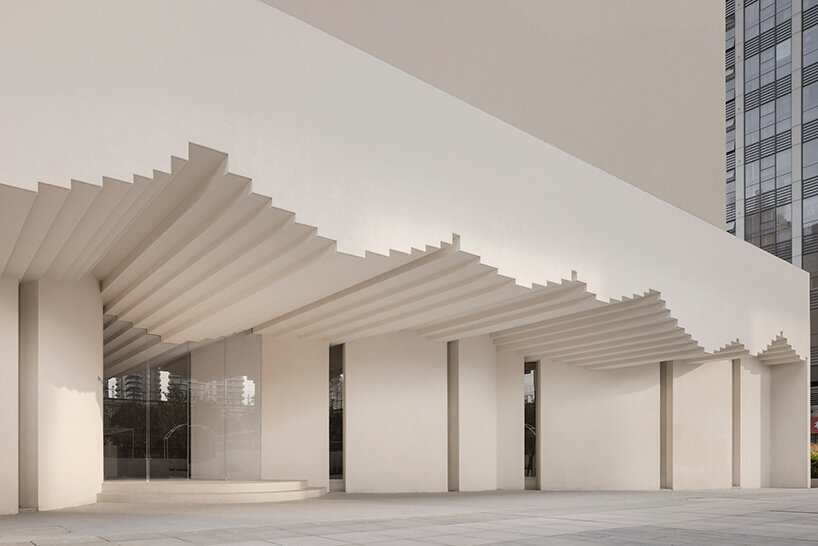
the ground floor fosters dialogue and shared experiences | image © W Workspace
has design & research was Inspired by the Nanfei River
The Simple Art Museum’s location near the Nanfei River, often referred to as the ‘Mother River of Hefei,’ plays a crucial role in its architecture by HAS Design & Research. The rippling waters of the river have shaped the region for millennia, and architects Hung and Songkittipakdee mirrored this fluidity in the building’s design. The curved walls and wave-like roof mimic the river’s natural rhythms, allowing the building to interact with its surroundings. As sunlight filters through in the afternoon, the building’s interior becomes bathed in light, reflecting the shimmering surface of the Nanfei River.
By day, the museum’s roof provides wide areas of shade, inviting visitors to pause and reflect in the plaza. In the afternoon, the carefully designed openings allow light to seep through, creating a sacred and ethereal glow inside the museum. At night, the building transforms into a glowing beacon, offering a sense of belonging within the evolving urban landscape of Hefei.
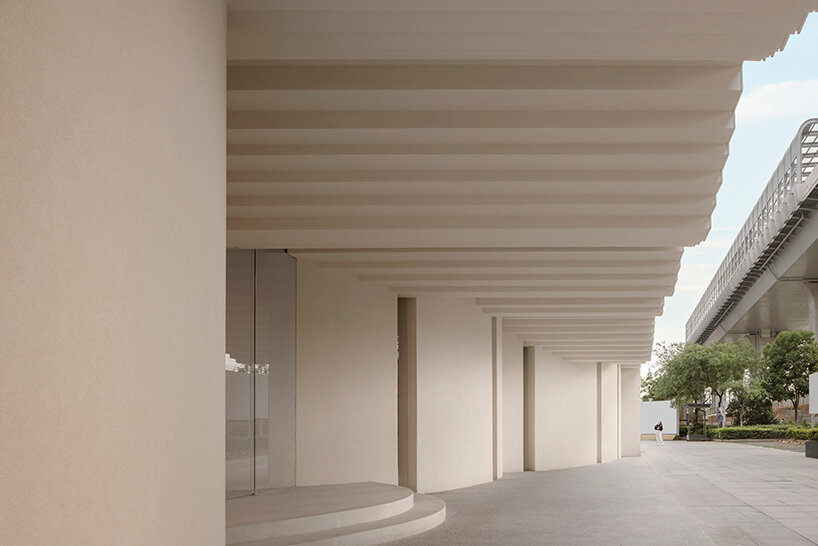
Simple Art Museum connects traditional hui-style with modern architecture | image © W Workspace
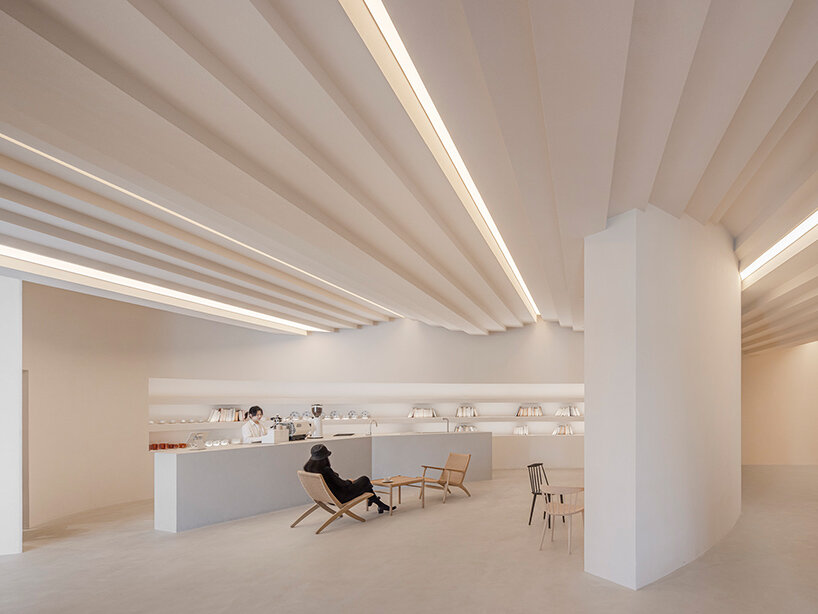
the museum’s flowing design invites public interaction and engagement | image © W Workspace
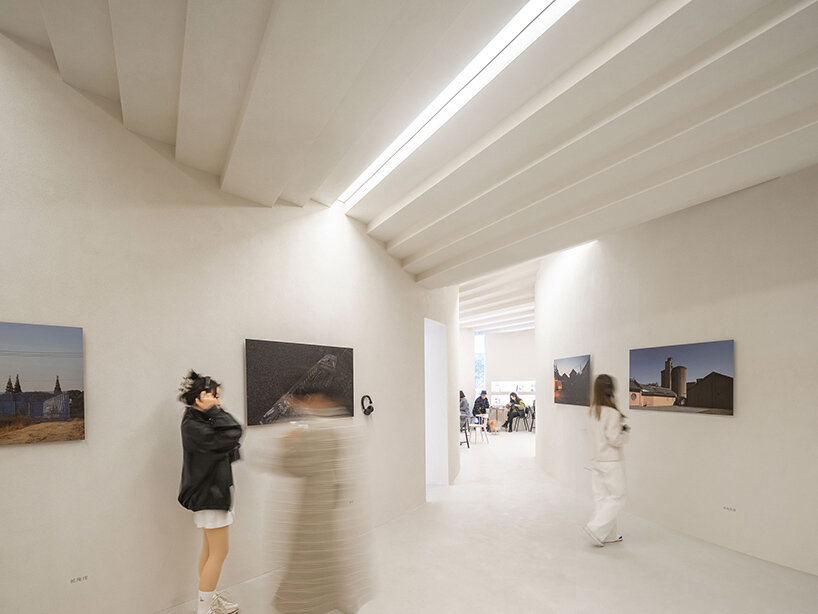
sunlight filters through casting soft shadows inside the museum | image © Fangfang Tian
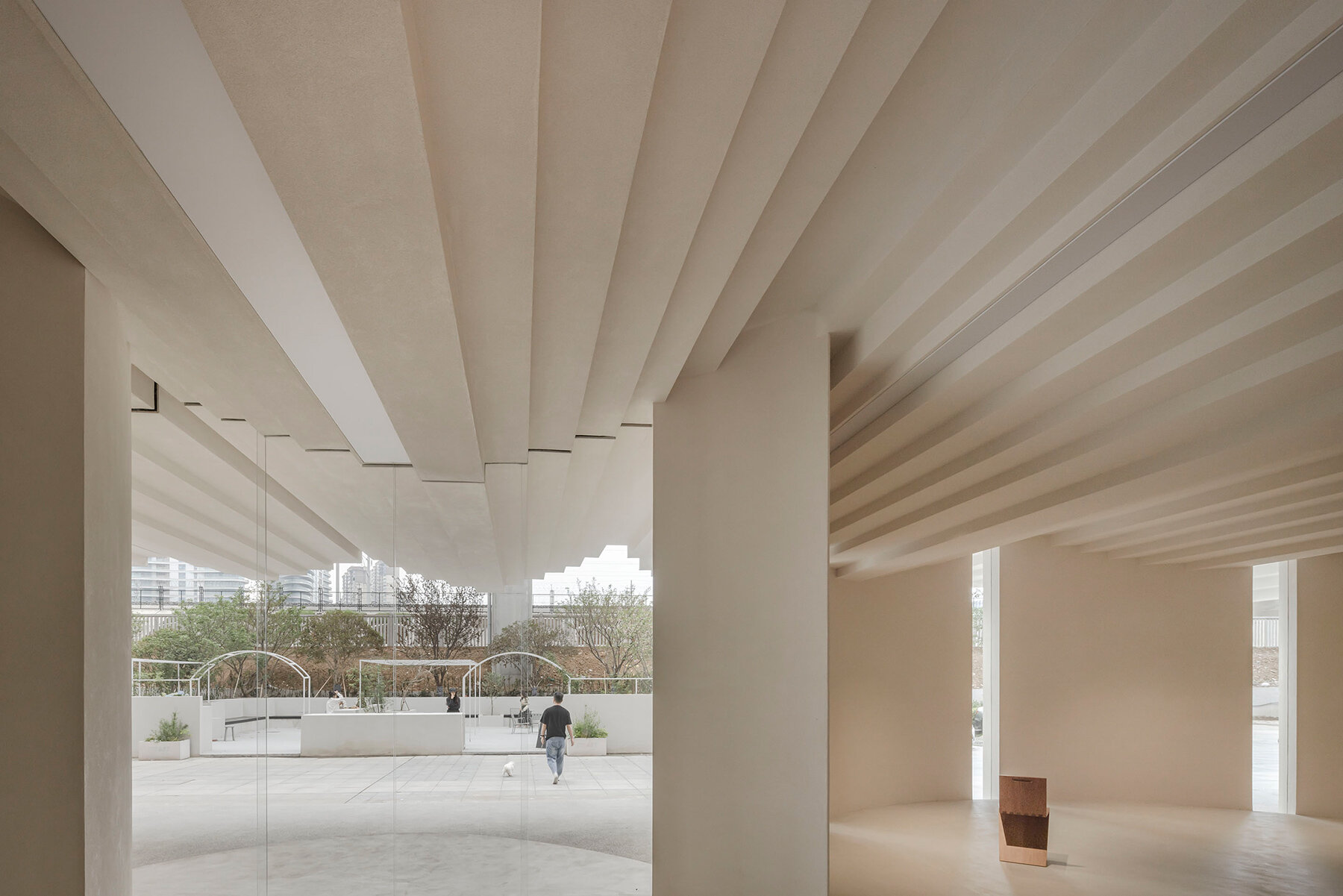
winding walls and natural light create a serene atmosphere | image © W Workspace
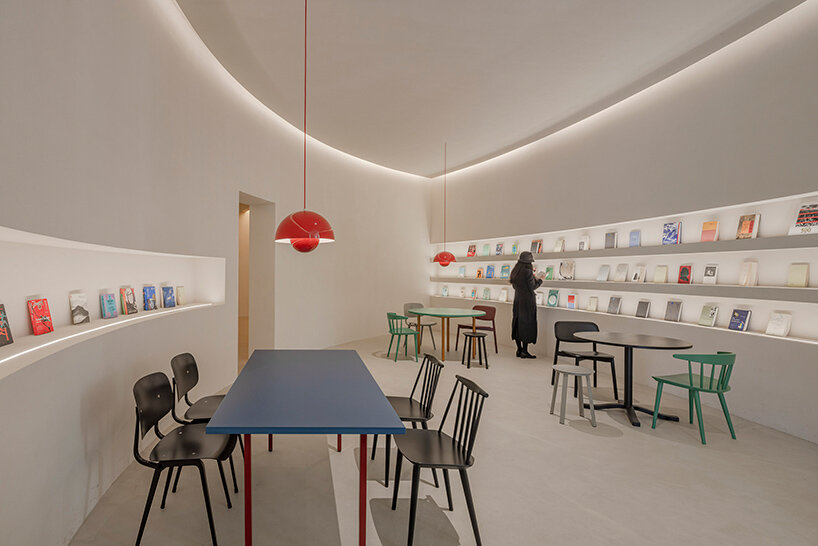
open offices upstairs encourage collaboration and creativity | image © W Workspace
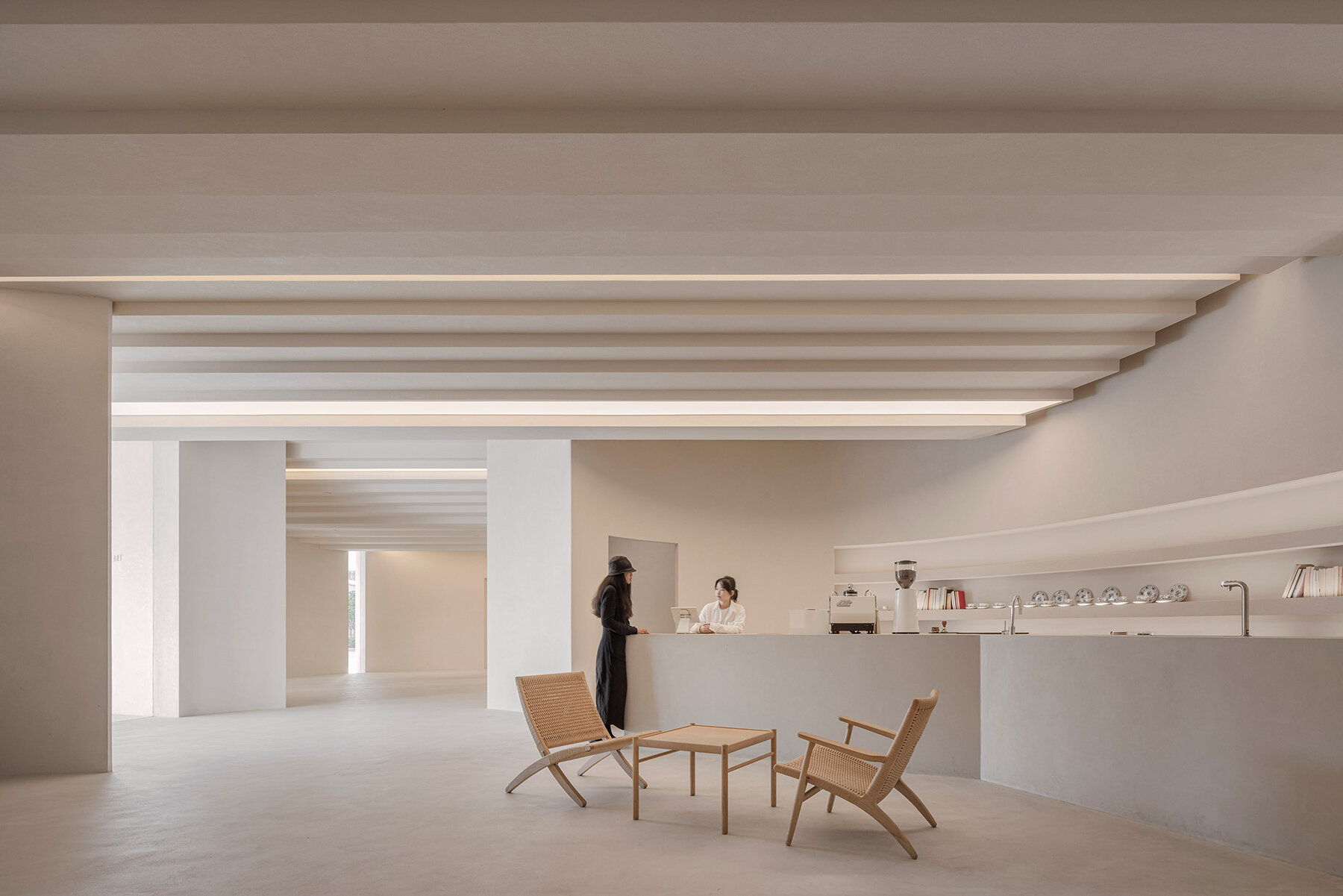
the design echoes the flowing rhythms of the nearby Nanfei River | image © W Workspace
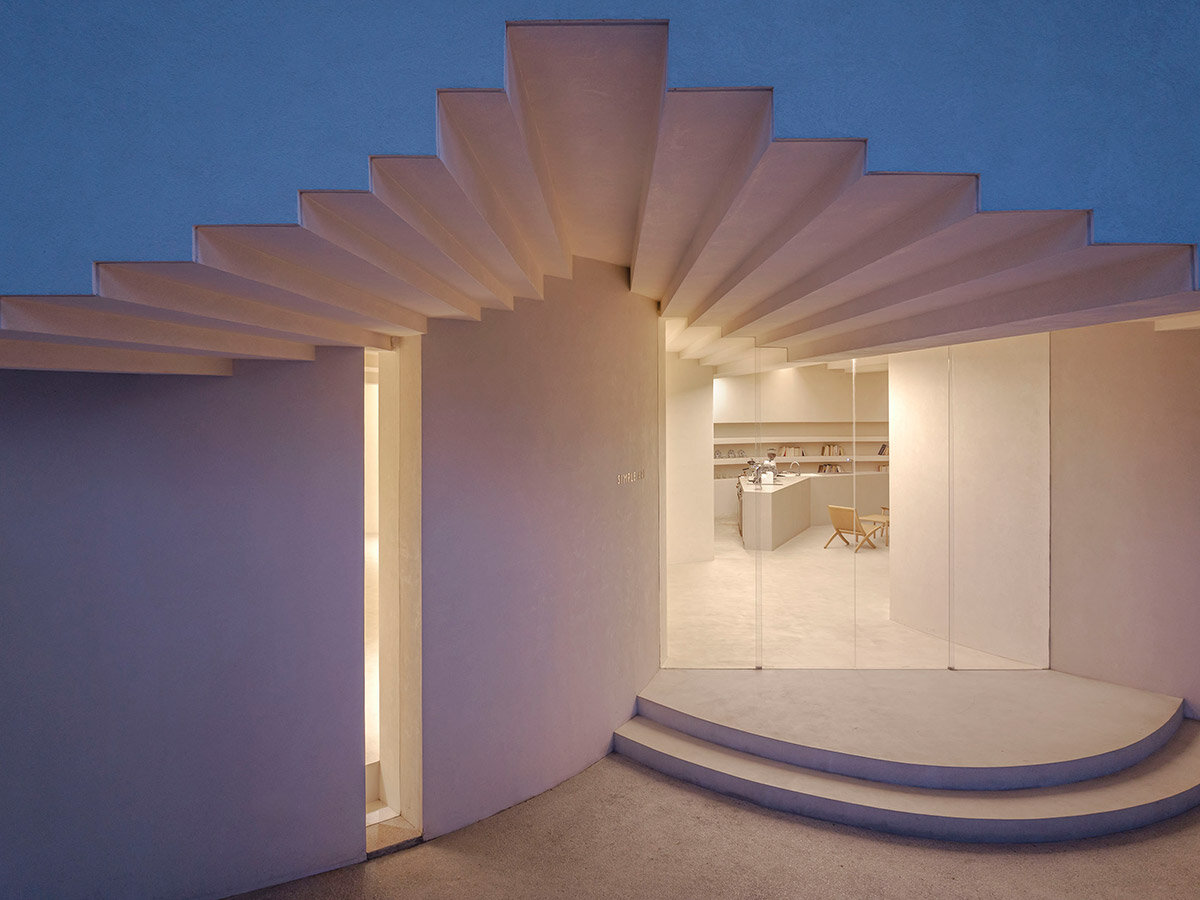
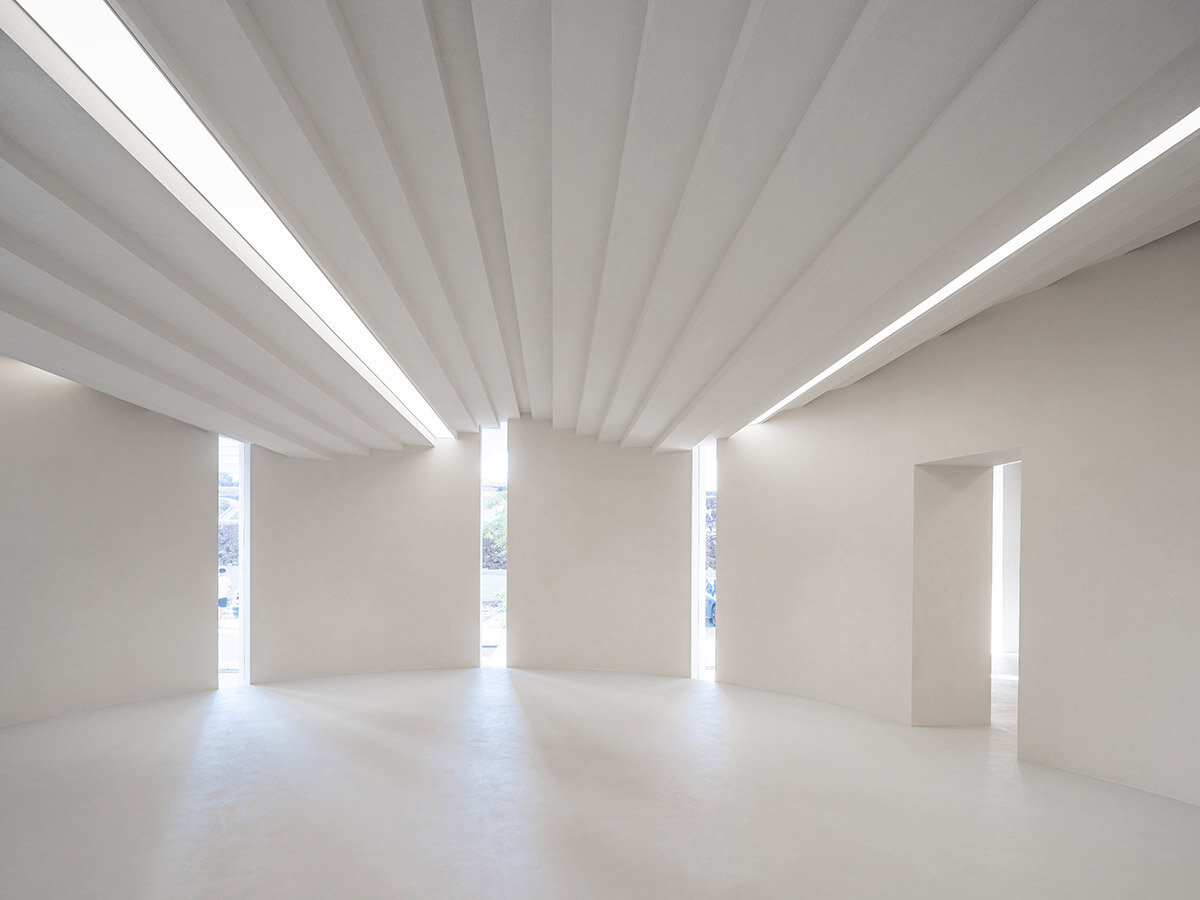
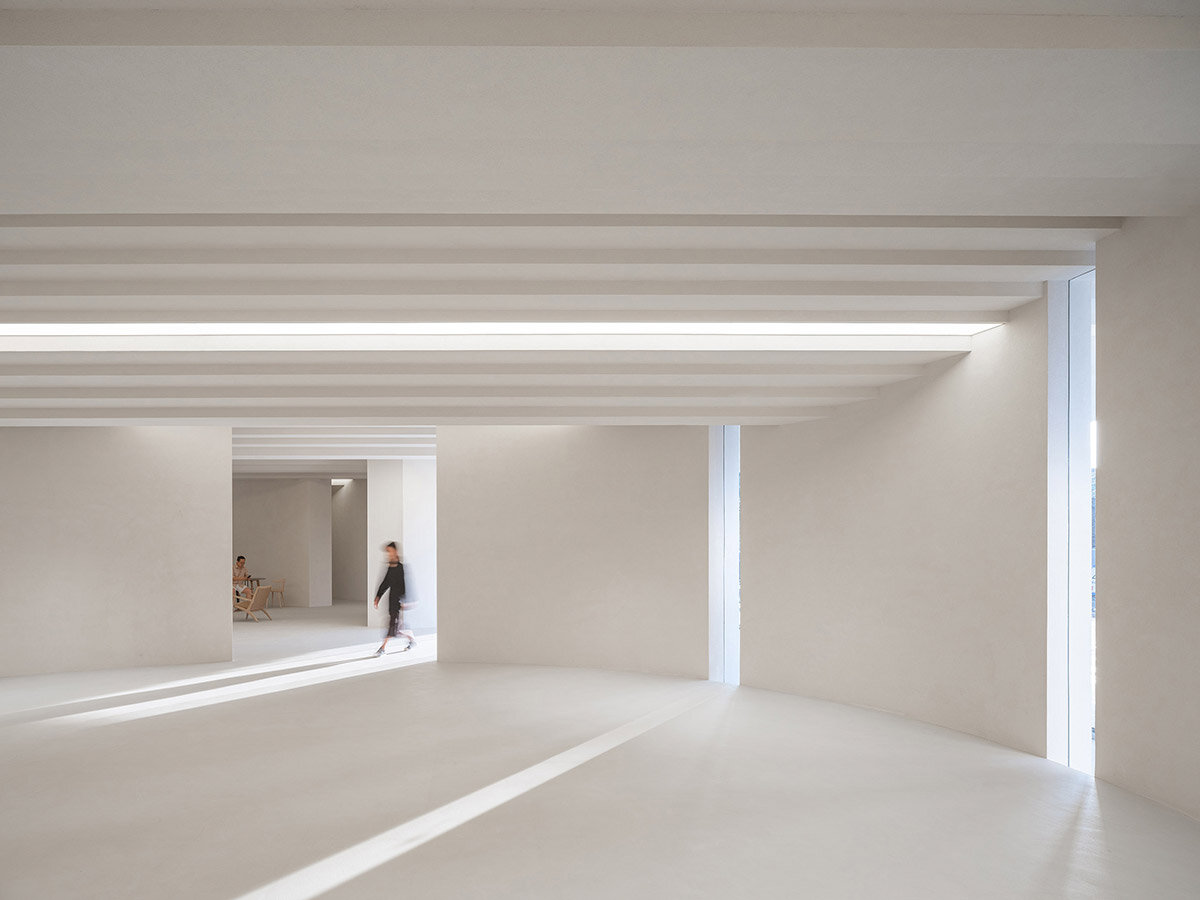
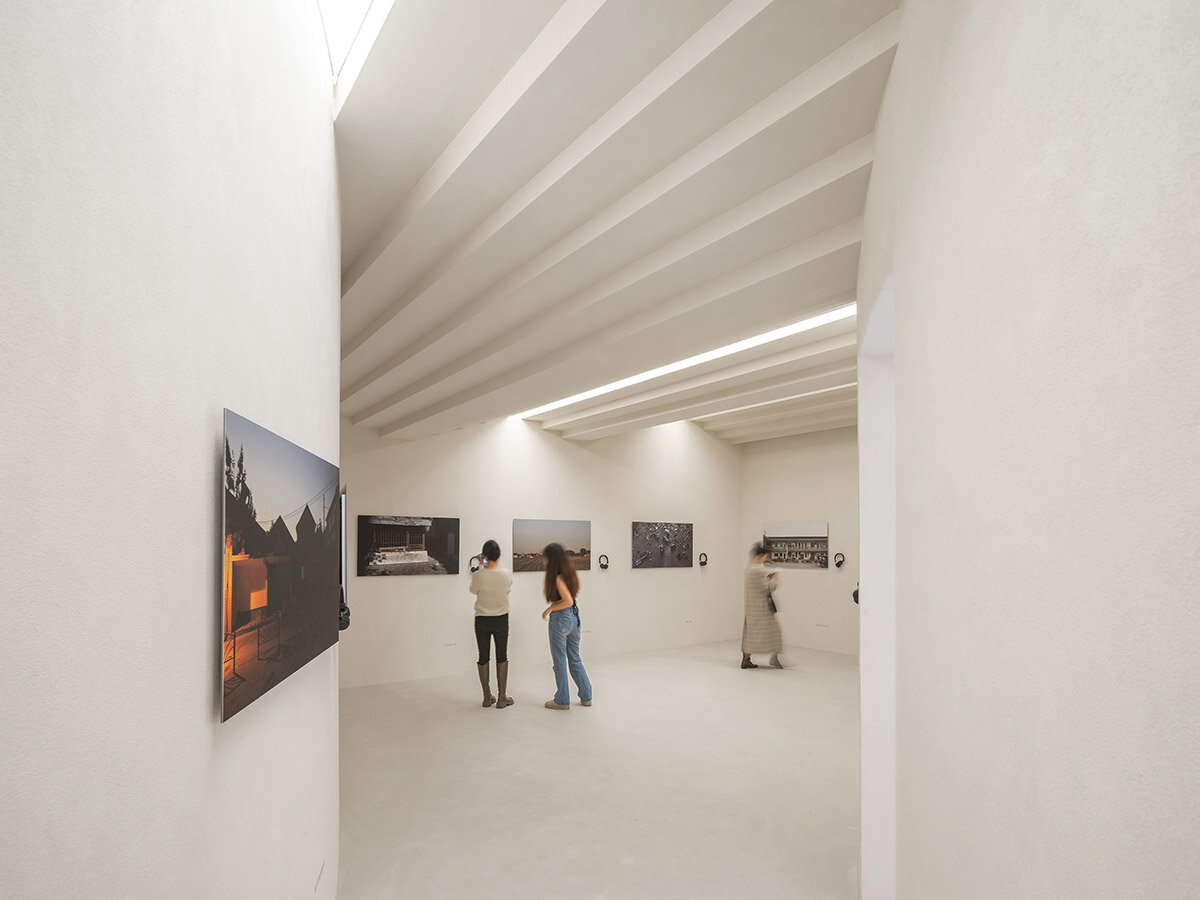
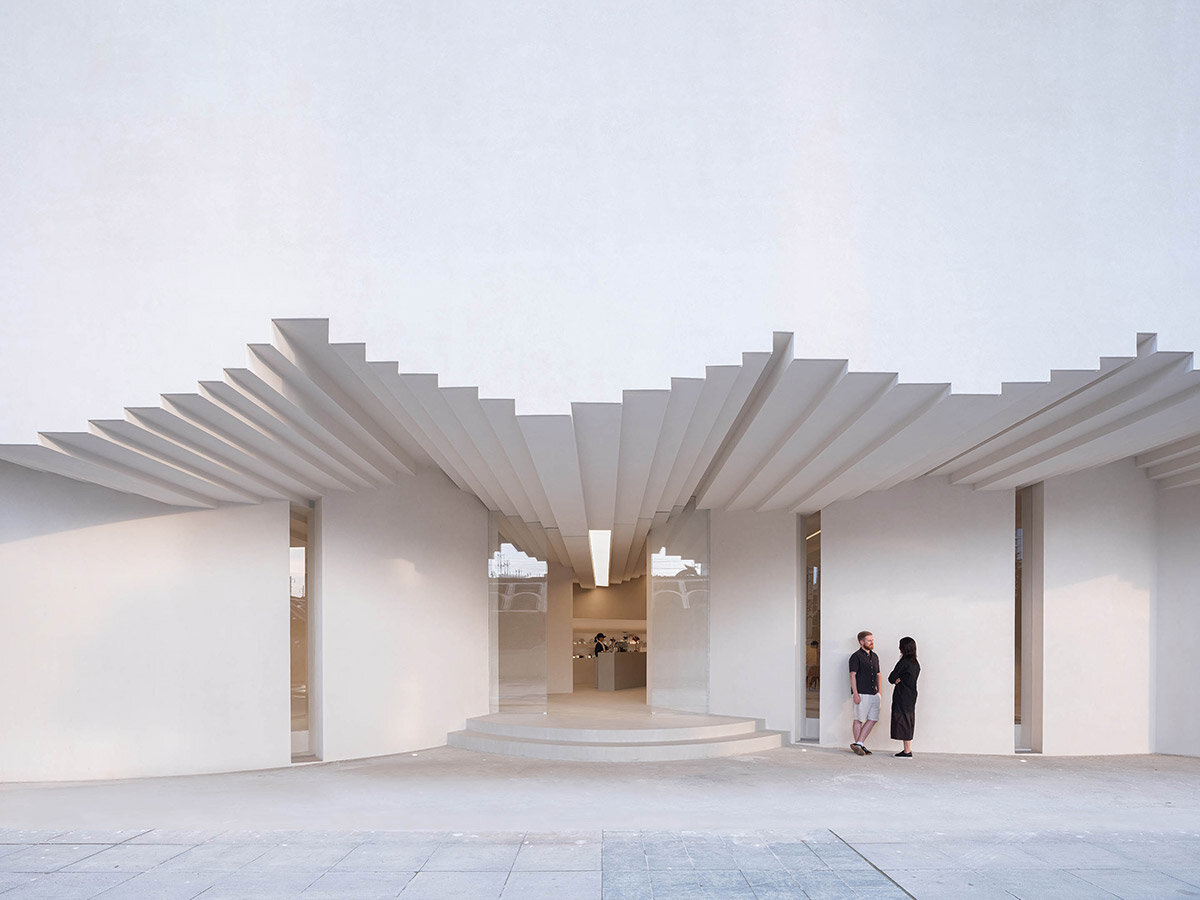
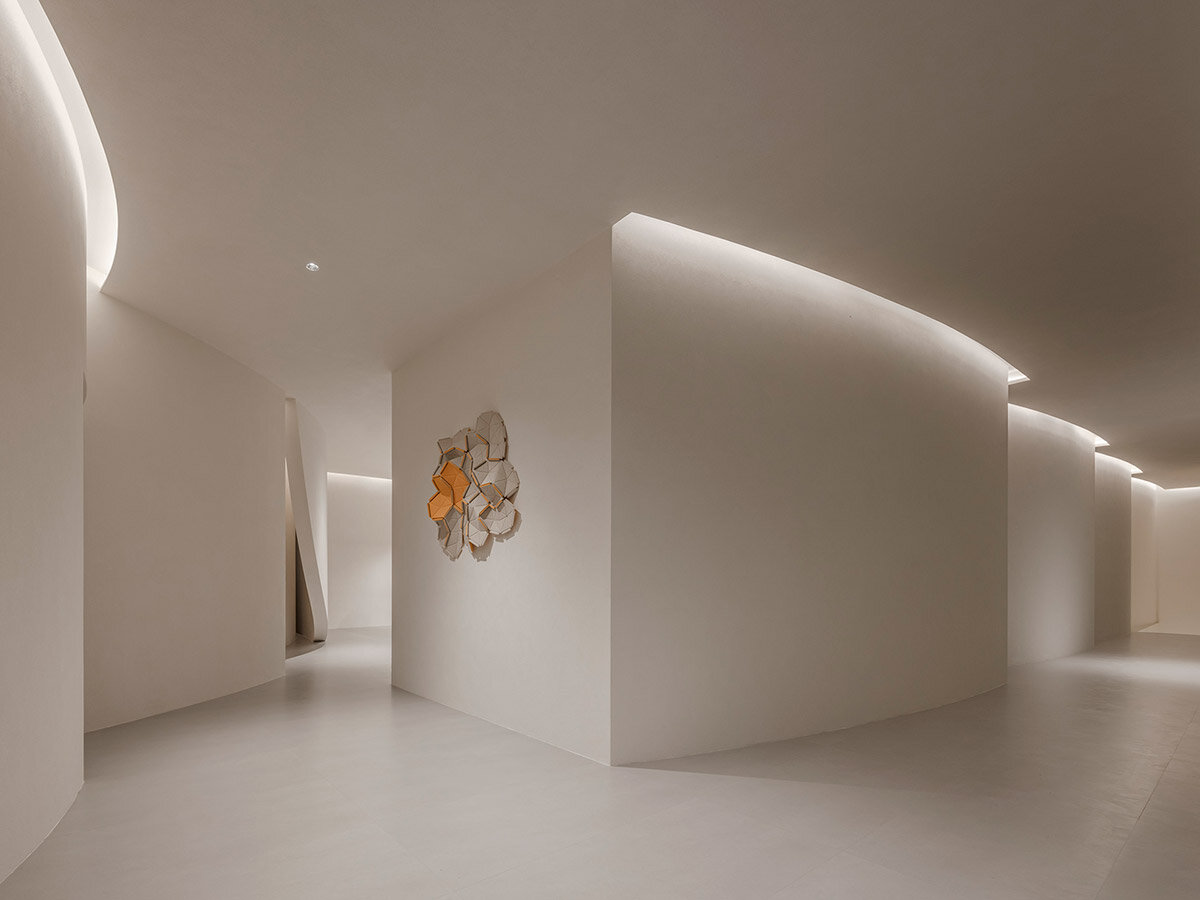
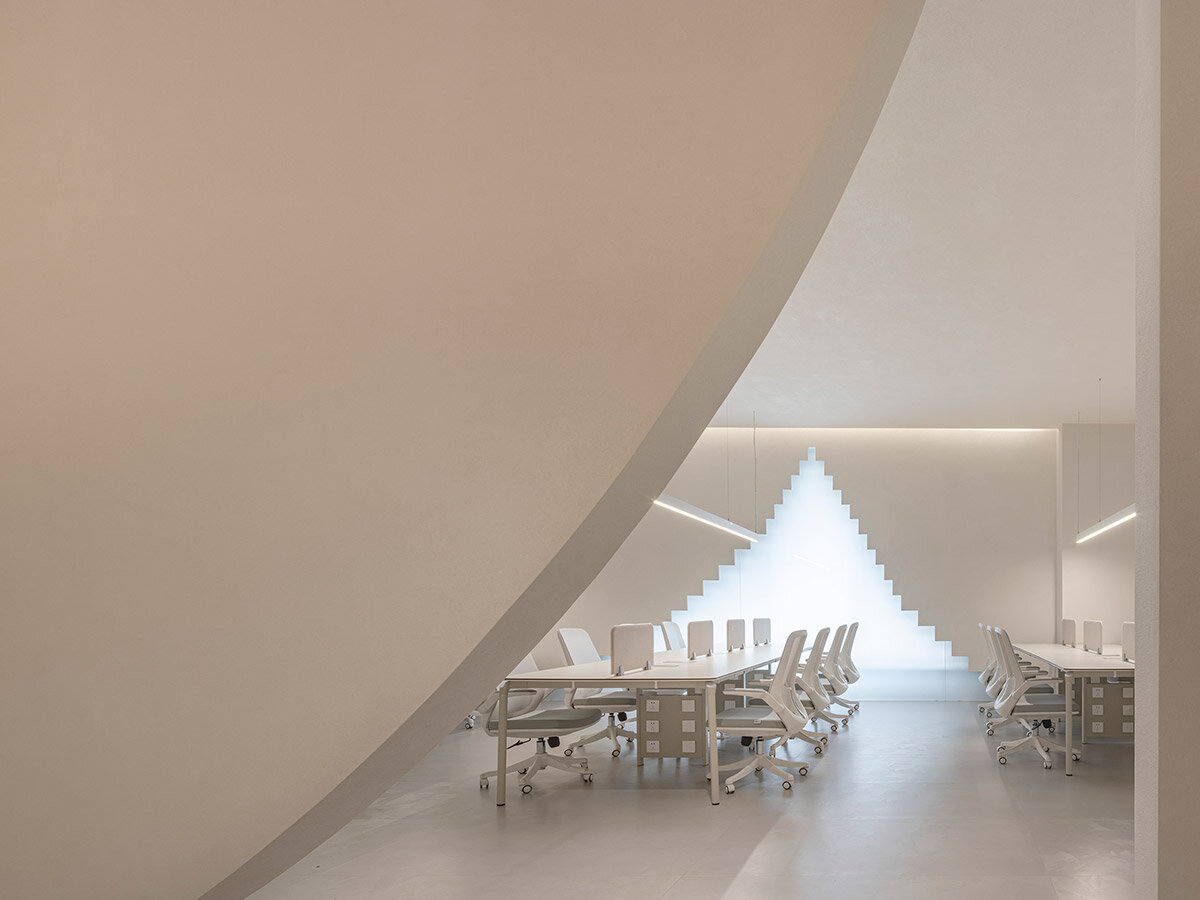
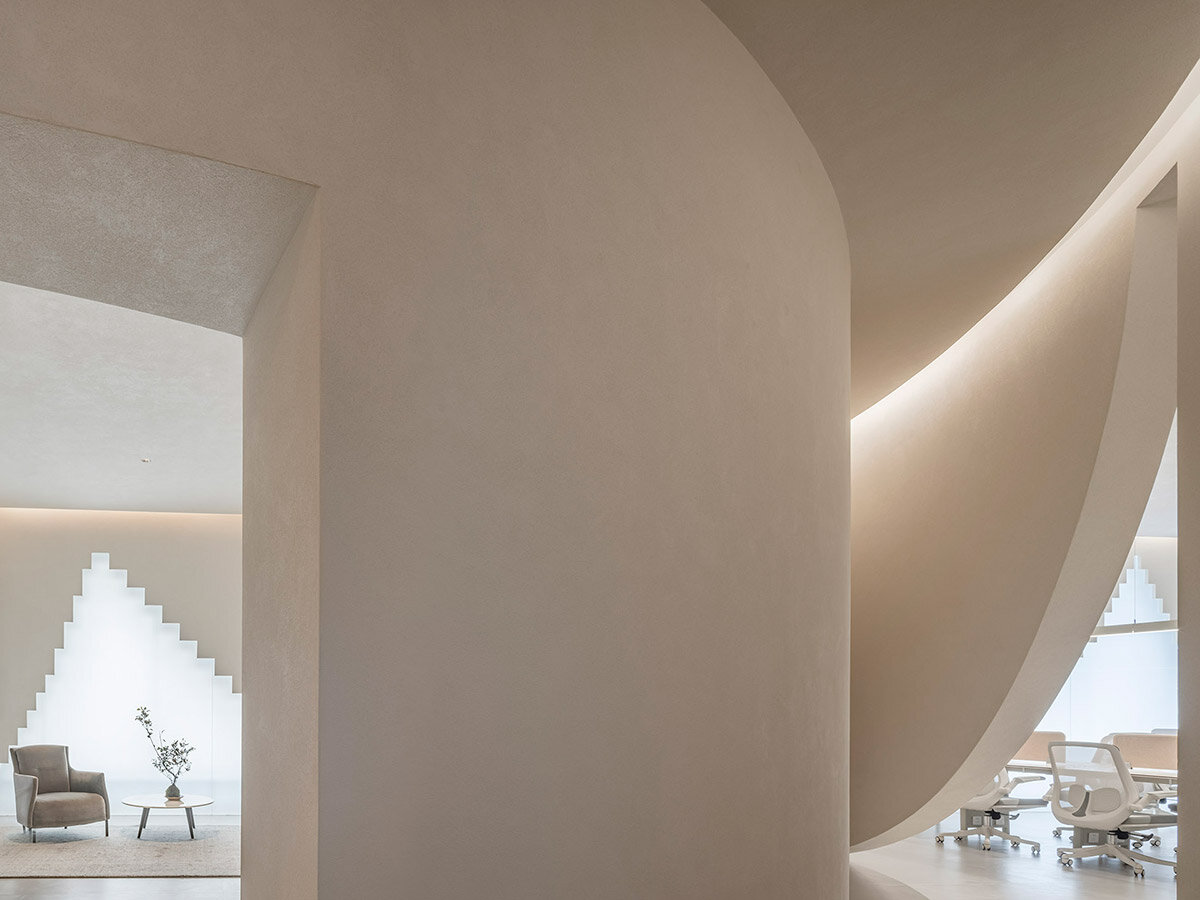
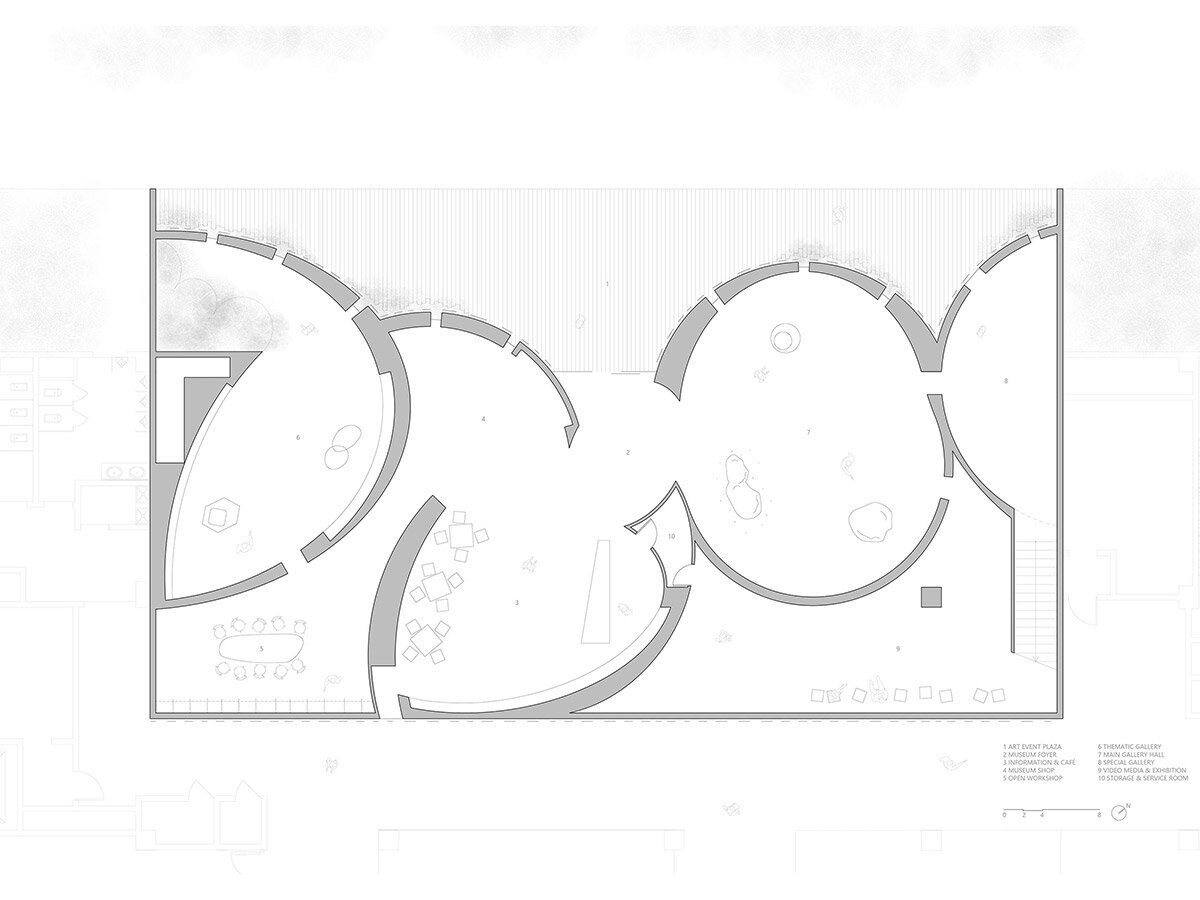
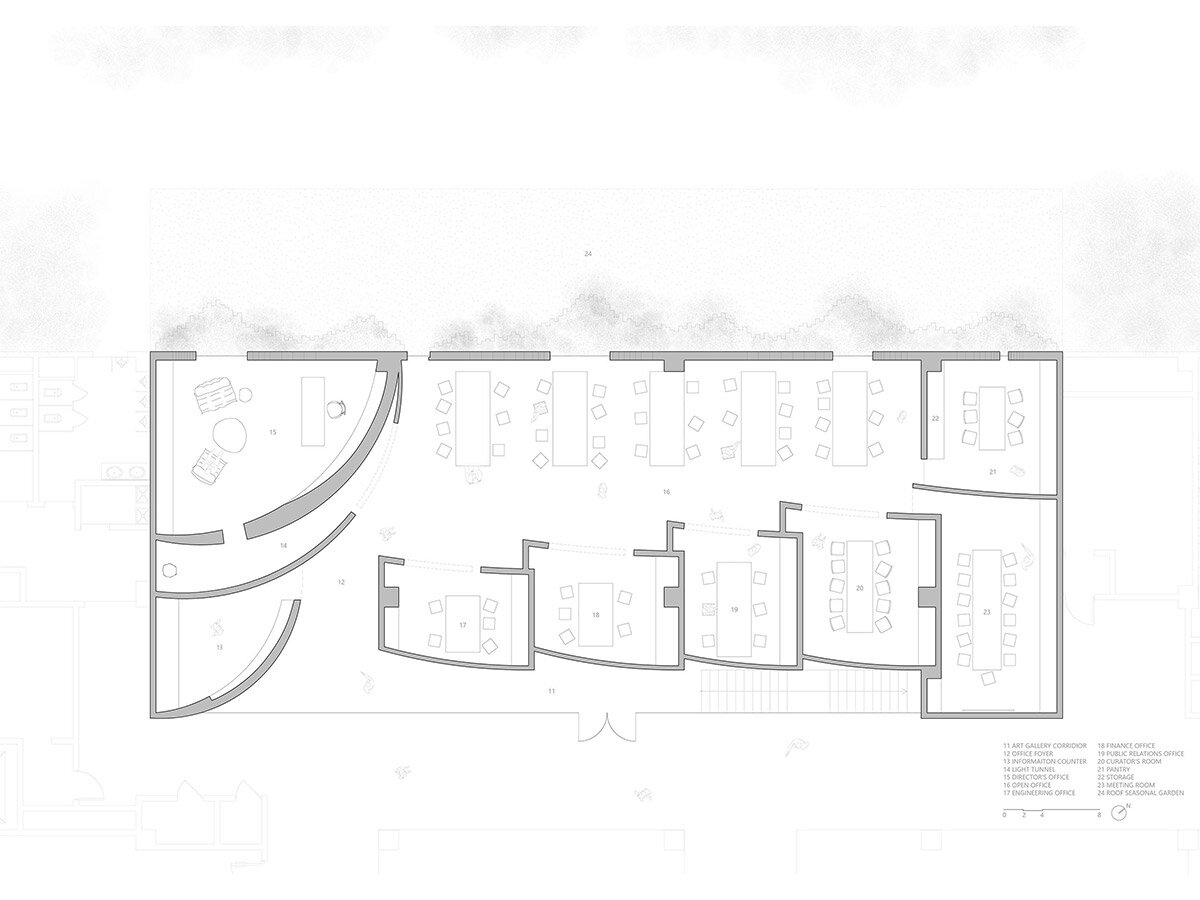
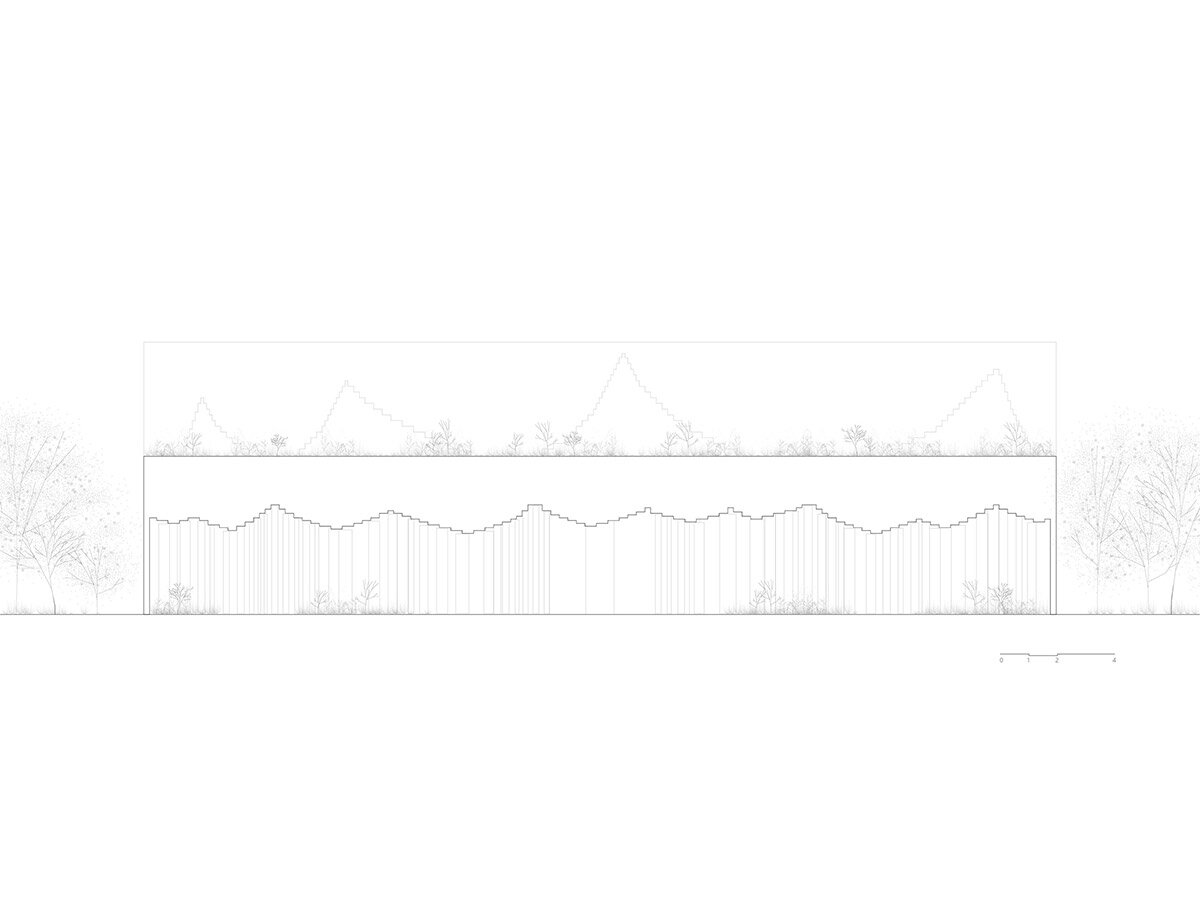
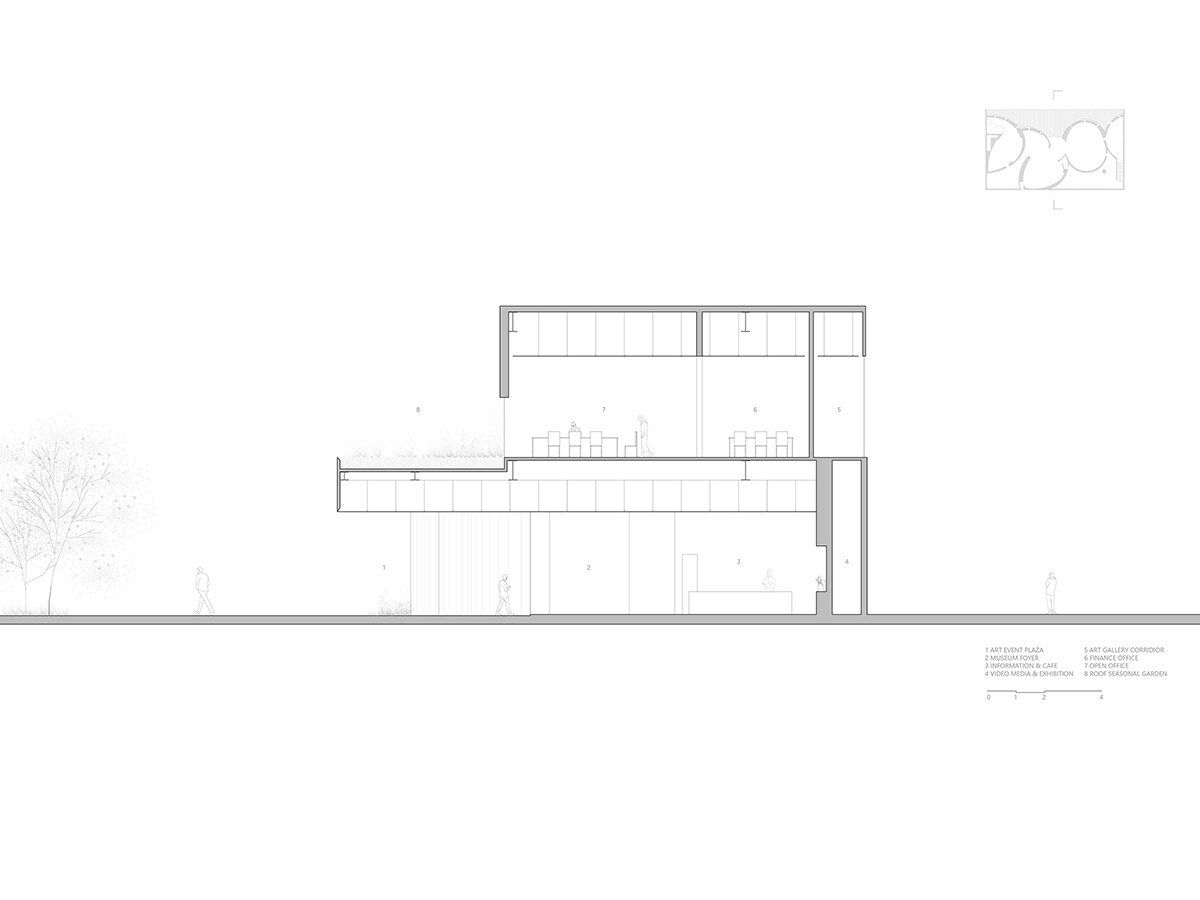
project info:
project title: Simple Art Museum
architecture: HAS Design & Research | @has.design.and.research
location: Hefei, China
site area: 600 square meters
gross built area: 1,150 square meters
completion: 2024
photography: © W Workspace | @wworkspace, Fangfang Tian | @tianfangfang2019
lead architects: Jenchieh Hung, Kulthida Songkittipakdee
design team: Jenchieh Hung, Kulthida Songkittipakdee, Atithan Pongpitak
lighting consultant: Jenna Tsailin Liu
lighting technology: Visual Feast (VF)
landscape consultant: Weili Yang
construction consultant: Zaiwei Song
construction: Guangdong Xingyi Decoration Group Anhui Co., Ltd
